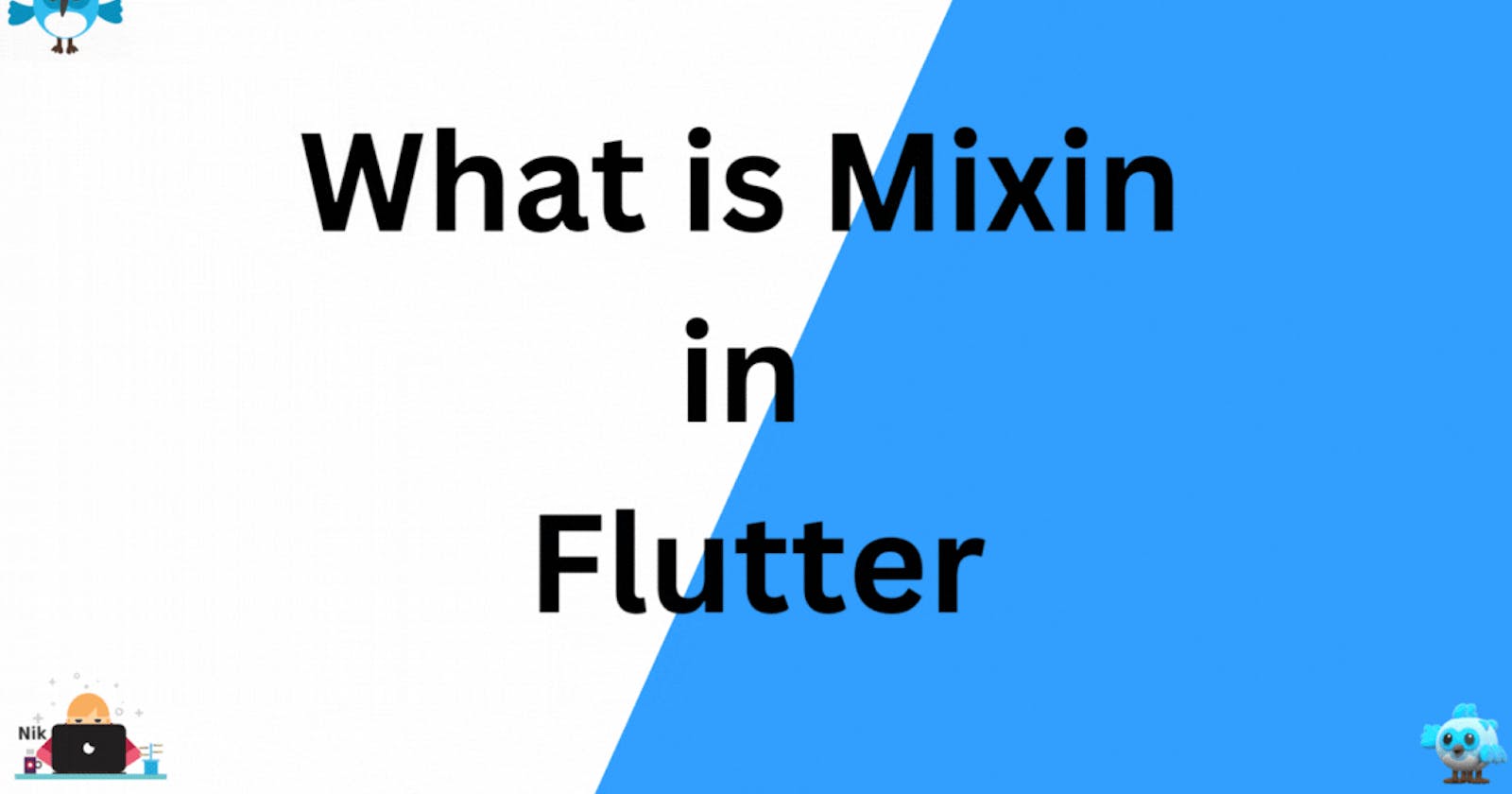
Boosting Flutter App Development with Mixins: Code Reuse and Composability Explained
Flutter is a powerful framework for building cross-platform mobile applications, enabling developers to create beautiful and performant UIs with ease. One of the key principles in Flutter development is code reuse and composability. In this blog post, we will explore how mixins in Flutter can significantly enhance code reuse and composability, leading to more maintainable and efficient app development.
Understanding Mixins in Dart
Before diving into how mixins work in Flutter, it's essential to understand what mixins are in Dart. A mixin is a way to reuse a class's code in multiple class hierarchies without using traditional inheritance. Instead of inheriting from a superclass, a class includes the functionality of a mixin using the with keyword. This allows developers to share code across different class hierarchies while keeping them loosely coupled.
Benefits of Mixins in Flutter
1. Code Reuse
Mixins are an effective way to share code between multiple classes. By encapsulating specific functionality within mixins, you can use them across various widgets without the need for extensive inheritance. This not only reduces code duplication but also improves code maintainability and readability.
For example, suppose you want to add gesture-handling functionality to multiple widgets in your app. Instead of creating separate gesture-handling methods in each widget, you can define a gesture-handling mixin and apply it to the desired widgets.
2. Composability
Mixins promote composability, allowing developers to compose widgets with different features quickly. Rather than relying on deep inheritance chains, you can combine multiple mixins to create widgets with various functionalities. This modular approach makes it easier to customize and extend widgets in a flexible manner.
3. Separation of Concerns
Mixins facilitate the separation of concerns in your codebase. You can create mixins for specific functionalities, such as animations, state management, or network operations. This separation allows you to focus on individual aspects of your app without cluttering the main widget code.
4. No Restriction on Widget Hierarchy
Unlike traditional inheritance, mixins in Flutter do not impose any restrictions on the widget hierarchy. You can apply mixins to any widget, regardless of its position in the class hierarchy. This freedom allows for more flexibility in designing and organizing your widget tree.
Implementing Mixins in Flutter
Let's dive into a practical example to see how mixins work in Flutter. We'll create a mixin for adding a simple "shake" animation to widgets.
import 'package:flutter/material.dart';
mixin ShakeAnimationMixin<T extends StatefulWidget> on State<T> {
AnimationController _animationController;
Animation<double> _animation;
@override
void initState() {
super.initState();
_animationController = AnimationController(
vsync: this,
duration: Duration(milliseconds: 500),
);
_animation = Tween(begin: -10.0, end: 10.0).animate(_animationController);
}
@override
void dispose() {
_animationController.dispose();
super.dispose();
}
void startShakeAnimation() {
_animationController.repeat(reverse: true);
}
Widget buildWithShakeAnimation(BuildContext context) {
return AnimatedBuilder(
animation: _animation,
child: build(context),
builder: (context, child) {
return Transform.translate(
offset: Offset(_animation.value, 0),
child: child,
);
},
);
}
}
In the code above, we've created a ShakeAnimationMixin that provides a simple shake animation to any StatefulWidget that uses it. The mixin uses an AnimationController and a Tween to create the shake effect. The startShakeAnimation() method triggers the animation, and the buildWithShakeAnimation() method applies the transformation to the widget.
Now, let's apply this mixin to a custom widget:
class ShakeWidget extends StatefulWidget {
@override
_ShakeWidgetState createState() => _ShakeWidgetState();
}
class _ShakeWidgetState extends State<ShakeWidget> with ShakeAnimationMixin {
@override
Widget build(BuildContext context) {
return GestureDetector(
onTap: () {
startShakeAnimation();
},
child: Container(
width: 100,
height: 100,
color: Colors.blue,
child: Center(
child: Text('Shake Me!'),
),
),
);
}
}
In the ShakeWidget, we've included the ShakeAnimationMixin using the with keyword. Now, when you tap the ShakeWidget, it will animate with a shake effect.
Conclusion
Mixins in Flutter provide an elegant way to achieve code reuse and composability, allowing developers to create flexible and modular widgets. By encapsulating specific functionality within mixins, Flutter developers can build more maintainable and efficient applications. The power of mixins lies in their ability to promote code separation, avoid deep inheritance hierarchies, and improve the overall structure of your Flutter app.
Next time you find yourself repeating code or dealing with deep inheritance chains, consider using mixins to boost your Flutter app development and take advantage of code reuse and composability. Happy coding!